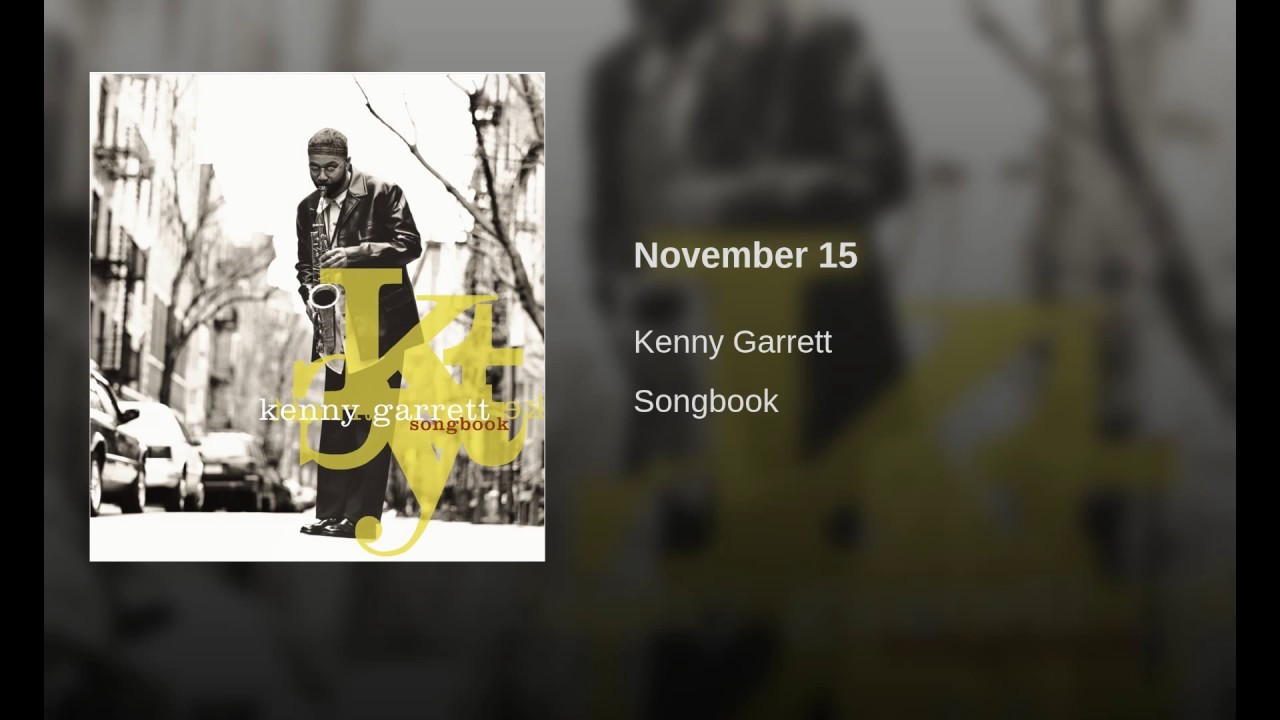
"If it's not piano, it's something else." Just as Coltrane always brought along his tenor or soprano, Garrett is always practicing on his alto: "If it's not sax, it's piano," he says. "Pharaoh Sanders would always say to me when we worked together, 'You remind me of Coltrane.'" And what I mean by that is, even though he was much older, we were both traveling along the same spiritual, seeking path. Though the first time I heard him, I had no idea how he got so much into one note. "Coltrane is a force," says Garrett, "so, yeah, he's both directly and indirectly in that. Garrett released a John Coltrane tribute album, Pursuance, in '96, and the concluding wails on "Sing a Song" reveal Trane's influence. So I played a chord, and that just moved the melody right along." "Woody Shaw was talking about a Chinese scale. "That particular tune was written in about five minutes," says Garrett with the self-disparaging attitude of many artists toward their hits. The origin of the first tune Garrett will play on Saturday night - the crowd-pleasing "Sing a Song of Song" from his '97 album, Songbook - reveals some debts and resemblances. Garrett is 45 now, but he's still learning from the greats and drawing on as many musical influences as he can - which more than qualifies him to deliver a master class and concert this weekend at Whitworth College. He chose a 27-year-old from Detroit named Kenny Garrett. Yet the audience’s clapping participation on “Wayne’s Thang” and vocalizations on the feel-good, dance-beat closer “Happy People” shows other interpretations of Ellington’s dictum, “It Don’t Mean a Thing If It Ain’t Got That Swing.” I’m confessin’, though, that a little taste more of swing rhythm would have made this listener happier.In 1988, Miles Davis needed an alto sax player for his small-ensemble Live Around the World sessions. The liberal use of breaks gives each player room for short solos at first the interplay between Gonzalez and Garrett carries the piece until bassist Nat Reeves takes a few riffs, including a too-brief 4/4 walk, a tease for lovers of straight-ahead swing. “Wayne’s Thang” refers to Wayne Shorter and, thankfully, the rhythm section finally gets some. Garrett is fond of song and album tributes, a refreshing sign of love and respect for his jazz elders.

#Kenny garrett songbook review free#
The spacey mood is amplified when the backbeat ends and the quintet plays with a modified free approach. Garrett employs electronic effects, creating a sound collage that evokes the post- Bitches Brew period. Drummer Jamire Williams’ backbeat grounds the title tune, dedicated to Miles, with whom Garrett performed in the last five years of the trumpeter’s life. He confidently fuses jazz and blues with allusions to gospel, funk and fusion as well as Asian and African music as on “Intro to Africa” where the Protestant Afro-American church tradition shines through. Like a seafaring explorer, Garrett rides waves of tradition and innovation to shores of his own making. Garrett and Sanders traverse late-Trane territory in their improvisations yet they rarely scale the heights of propulsion or evoke their earlier spiritual majesty. The opening number, “The Ring,” starts with a dramatic theme stated by the alto-tenor front line. The recording is a sequel to Beyond the Wall, Garrett’s early collaboration with Pharoah Sanders, and is a snapshot of his progression.


Kenny Garrett continues his mélange of modal exploration with Sketches of MD: Live at The Iridium.


 0 kommentar(er)
0 kommentar(er)
